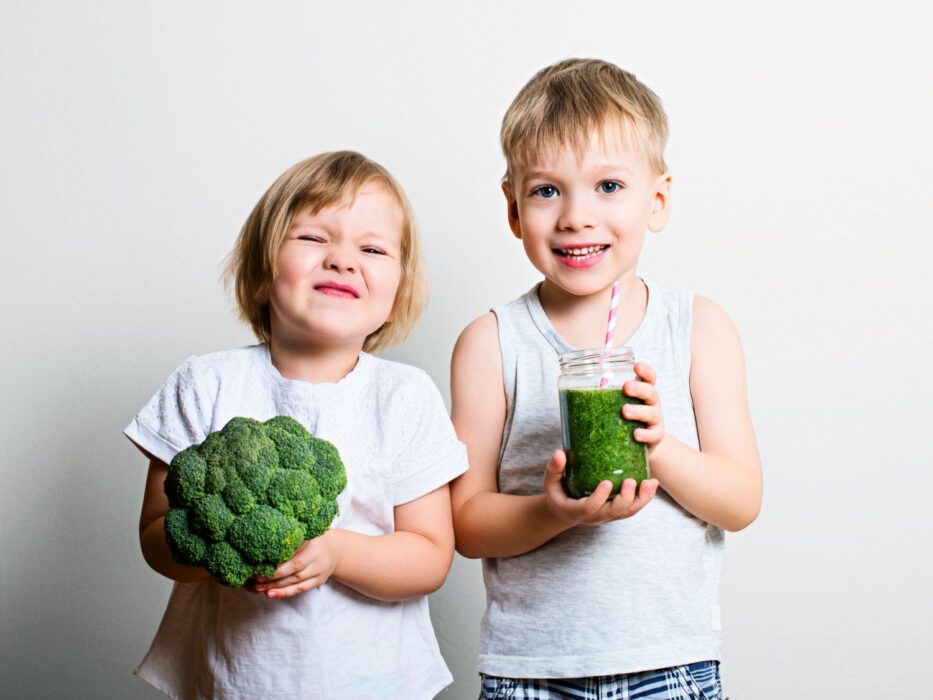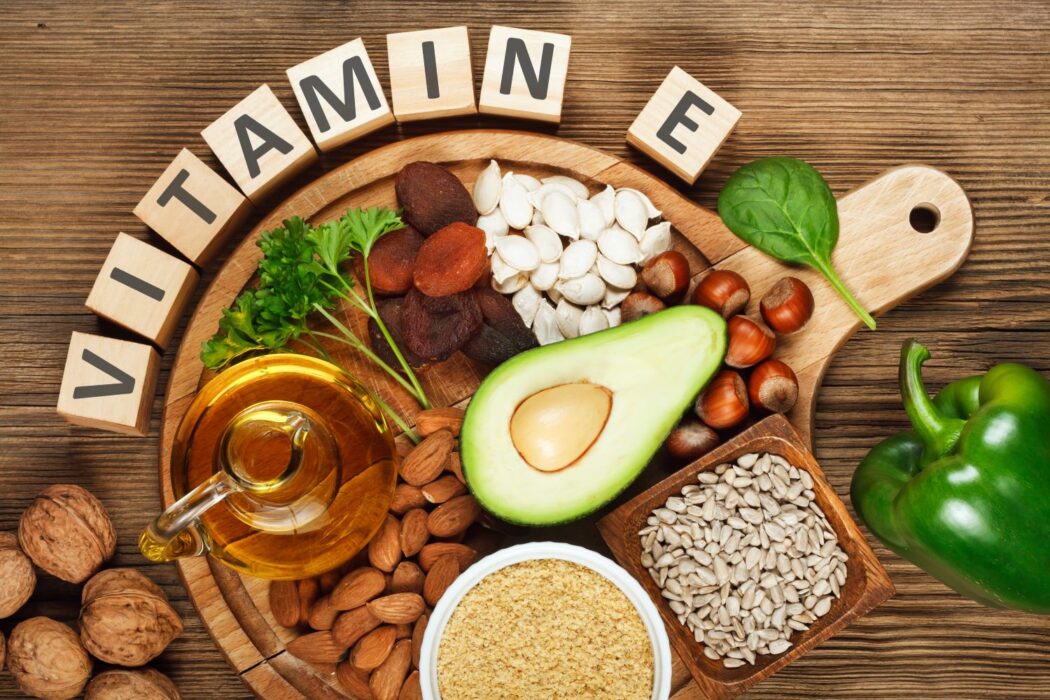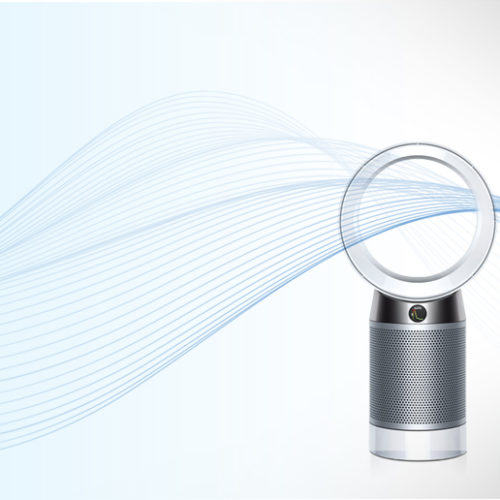The role of vitamin E
Vitamin E is a super powerful nutrient that will guard your little one against harmful diseases. Let’s look at what it does and how to make sure our child is getting what they need.

Keeping on top of your child’s nutrition can seem like a full-time job by itself. It’s worth remembering that a well-balanced, varied diet will provide your little one with most, if not all, of what they need. With that being said, let’s take a look at what vitamin E does and a few simple ways to include it in your family’s meals.
THE POWER OF VITAMIN E
Vitamin E is an often overlooked vitamin. Many parents understandably focus on providing their children with enough vitamin C, vitamin D and plenty of other vitamins and minerals. However, vitamin E is arguably among the most important. A potent antioxidant, it plays a key role in preventing free radicals from damaging your child’s cells. Research suggests that these free radicals are contributors to developing heart disease and cancer.
While the risk of free radicals might drive parents to give their children an abundance of vitamin E, it’s crucial not to overdo it. Just as too little can be problematic, too much vitamin E presents issues of its own. Being fat-soluble, vitamin E can be stored in the body and it’s quite straightforward for your child to get all they need solely through their food.
FOODS TO INCLUDE
Thankfully, there are plenty of options when it comes to foods to include to ensure that your little one is getting their daily dose of vitamin E. Vegetables such as broccoli, spinach and sweet potato are versatile sources that go well with many meals. Almonds, hazelnuts, pine seeds and sunflower seeds are all packed with vitamin E, and make a handy and nutritious snack for your child’s lunchbox. Avocados, mangoes and apricots also contain vitamin E – and they’re delicious too! Conveniently there are also food options that are fortified with vitamin E, such as certain cereals and smoothies.

DEFICIENCY
Vitamin E deficiency is really quite rare and, thankfully, is something that most parents needn’t worry about. The symptoms of vitamin E deficiency are quite apparent and include loss of feeling in the arms and legs, muscle weakness and vision problems. Among the children who are most at risk of developing a vitamin E deficiency are those with cystic fibrosis or Crohn’s disease, as these conditions mean that the child can’t absorb fat-soluble vitamins. Their bodies aren’t able to hold on to usable quantities of vitamin E and they usually need supplementation.
SUPPLEMENTATION
Vitamin E is very accessible in supplement form. Many multivitamins aimed at children contain at least half of their recommended daily amount. If you are concerned that your child is not getting enough vitamin E, consult with their doctor for some guidance.
While supplementation is an option, it’s always worth knowing which foods are the best sources of certain vitamins so that you can make sure to include them on a regular basis. We’re all trying to do our best for our kids, and armed with a little more knowledge, their meals are going to be healthier than ever!












Comments